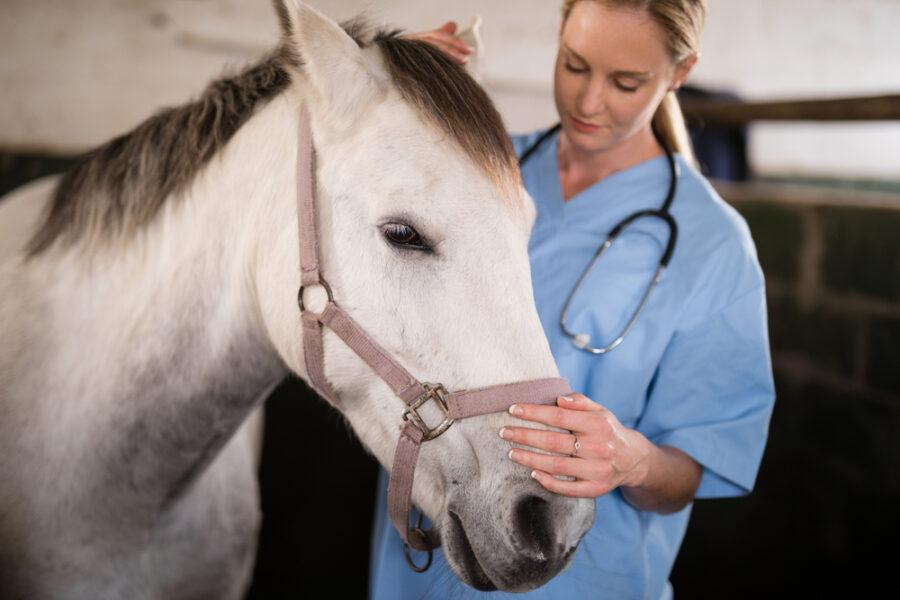For decades, xylazine has been used in veterinary medicine as a tranquilizer, sedative, analgesic and muscle relaxant, mostly in large animals such as horses, but also occasionally in dogs and cats. More recently, however, the medication is being used for a much more sinister purpose.
MEDICATION BEING USED AS STREET DRUG
Although xylazine is a non-opioid, drug traffickers and dealers in the US are combining it with fentanyl, cocaine, benzodiazepines, heroin and other street drugs to enhance their psychoactive effects and boost the length of the high experienced by users. Tragically, the result is an increasing number of opioid overdose deaths, according to a study recently published in the journal Drug and Alcohol Dependence.
The rise in mortality is significant from 0.36% of deaths in 2015 to 6.7% in 2020, in ten jurisdictions around the country. Philadelphia is a hotspot for the use of xylazine-enhanced drugs known on the streets as tranq accounting for 25.8% of deaths, followed by Maryland (19.3%) and Connecticut (10.2%). And these percentages may be an undercount, since many jurisdictions do not routinely look for xylazine in overdose deaths.
XYLAZINE HAZARDOUS TO HUMANS
Xylazine was first created in the 1960s but was not approved for use in humans due to dangerous side effects such as sedation, slow heart rate and low blood pressure. Dr. Christy Corp-Minamiji of the Veterinary Information Network explains that different animal species respond differently to xylazine depending on their body weight.
If I give a 1,500-pound cow the same amount of xylazine I would use for standing sedation in a 1,500-pound horse, the cow will fall over and likely have severe respiratory suppression, she explains. For humans, that threshold is even lower than for a cow almost none.
This means xylazine can increase the chances of a fatal overdose in humans when combined with other drugs like fentanyl, because it might exacerbate the respiratory depression caused by opioids. To make things worse, naloxone, a drug used to reverse opioid overdoses, is ineffective against xylazine.







